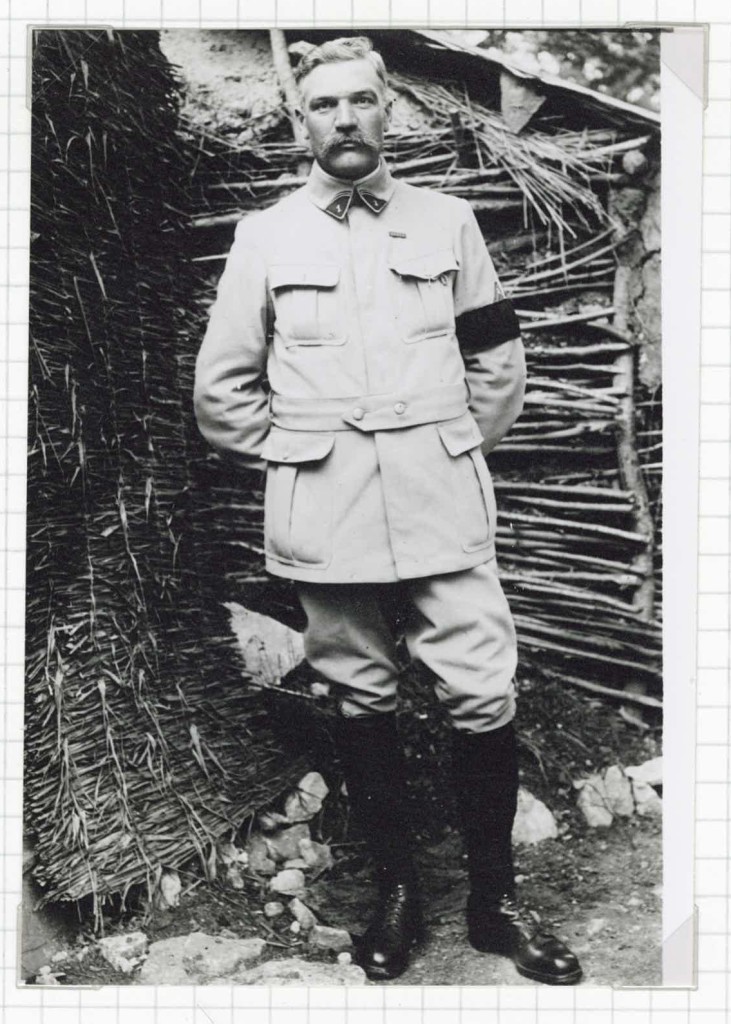During WWI many new weapons and techniques were developed: not only better rifles and bigger cannons, but also technological breakthroughs that would change the modern warfare forever, like tanks and aircrafts.
It must be said, for sake of completeness, that the use of flying devices for scouting and bombing was not unknown at the time: France started using balloons for observation as early as in the 18th century. Moreover, the first attempt of an aerial attack took place on July 2, 1849, when Austrian balloons loaded with incendiary bombs tried to set Venice on fire. The endeavour didn’t succeed because of strong winds, but it is commonly mentioned as a milestone.
The first self-powered and manned plane was successfully tested by the Wright brothers on December 17, 1903. The flight only lasted 12 seconds (36 meters), but eight years later the Italian army could already pioneer the military use of aircrafts during the Italo-Turkish war. By the end of WWI, all of the main countries involved had developed their own air force.

The first “guest” of this episode is the French veteran Émile Dupond, former lieutenant of the 45th company of tethered balloons, who shares some war memories in a tape from 1971. In the selected passage he recalls three interesting episodes:
First: a Navy officer (probably Constant Duclos) goes to every company to demonstrate the use of a parachute. To do so, he would jump out of the balloon from a height of 1500 meters (4900 ft). Parachutes were still experimental at the time and soldiers didn’t put any trust in it.
Second: a German aircraft once split the balloon in half with the fire of its machinegun. The crew managed to escape thanks to the parachute and landed behind the French lines unharmed .
Third: the German ace Manfred von Richthofen once set the balloon on fire.
The recording has been cut, cleaned and edited to improve the sound. The full tape in its original quality is available at: http://www.europeana.eu/portal/record/2020601/attachments_120906_10243_120906_original_120906_mp3.html?

The second “guest” is Michael George Lill, a German soldier who fought on the Western front near the border between France and Belgium from 1914 to 1916. He survived the war but three members of his family were killed in action. The journal entry we chose is from 14th March 1916. At the time, Lill’s unit was deployed at Carvin-Épinoy, where it was hit by an aerial bombing.
A transcription of Lill’s journal is available at: https://europeana1914-1918.s3.amazonaws.com/attachments/19662/624.19662.original.pdf?1310402732
the third contribution is also dated March 1916. In a journal entry, the Italian officer Attilio Frescura relates the comical attempt of a colonel to camuflage Italian batteries under sheaves of straw. But as Frescura sarcastically points out, straw doesn’t grow on the mountains, and the solution gives away the position of Italian guns instead of concealing them.
Frescura’s journal has been published and is available at: teca.bncf.firenze.sbn.it/ImageViewer/servlet/ImageViewer?idr=BNCF00004006672#page/75/mode/1up
The last testimony comes from British veteran Leonard J. Ounsworth. In a passage of a longer interview (available at: ) he recalls how dogfights used to take place in the evening, just above the trenches. He has a clear memory of a German plane loosing both wings, catching fire and crashing like a blazing torch behind English lines.
The full interview is available at: http://www.oucs.ox.ac.uk/ww1lit/gwa/document/9404?REC=4.
-Credits-
Editing: Eva Schmidhuber, Matteo Coletta
Voices in this episode: Émile Dupond as himself, Norbert K. Hund as George M. Lill, Matteo Coletta as Attilio Frescura, L.J. Ounsworth as himself.
Jingle:
Music: Gregoire Lourme, “Fire arrows and shields”
Concept: Matteo Coletta
Voices: Hans-Peter Reuber, Matteo Coletta, Roman Reischl, L.J. Ounsworth, Norbert K. Hund.
